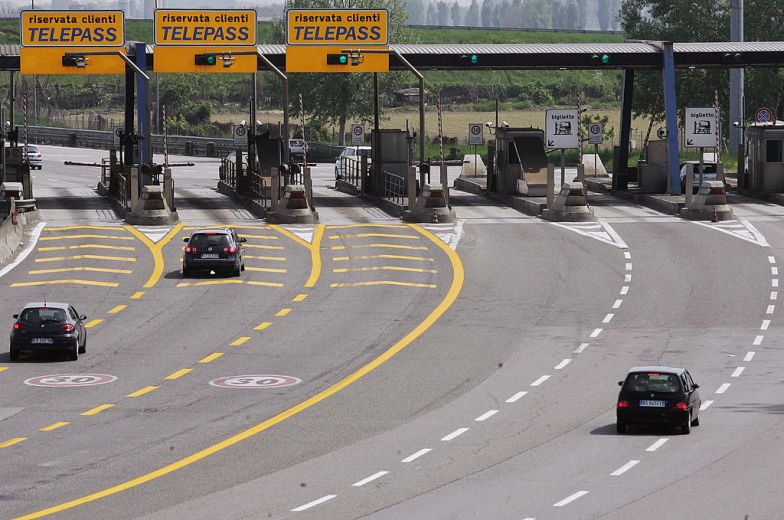Navigating European toll roads can be a daunting task, especially for first-time travelers. Each country has its own system, ranging from manual toll booths to electronic vignettes. Understanding these systems is crucial for a smooth and stress-free journey. This guide will help you navigate the complexities of European toll roads, ensuring you’re prepared for your next adventure.
One of the most common systems is the vignette, a sticker that you need to purchase and display on your vehicle. Countries like Switzerland and Germany use this system to manage toll roads. The vignettes, also known as evignette, are available at gas stations, online, and at border crossings. They are valid for a specific period, usually a year, and allow you to drive on designated toll roads without additional charges.
In addition to vignettes, some countries use electronic toll systems that automatically charge your vehicle as you drive. These systems often require you to register your vehicle and payment method before your trip. It’s essential to research the specific requirements of each country you plan to visit and ensure you’re compliant with their toll road regulations.
Another important aspect to consider is the cost of toll roads. Prices can vary significantly depending on the country, the type of vehicle, and the distance traveled. It’s a good idea to factor these costs into your travel budget and plan your route accordingly. Some countries offer discounts or exemptions for certain vehicles, such as electric cars or motorcycles, so be sure to check if you qualify.
When planning your trip, it’s also important to consider alternative routes that may not require toll payments. These routes can often be more scenic and less congested, offering a more enjoyable driving experience. However, they may also be longer or more challenging to navigate, so it’s essential to weigh the pros and cons.
